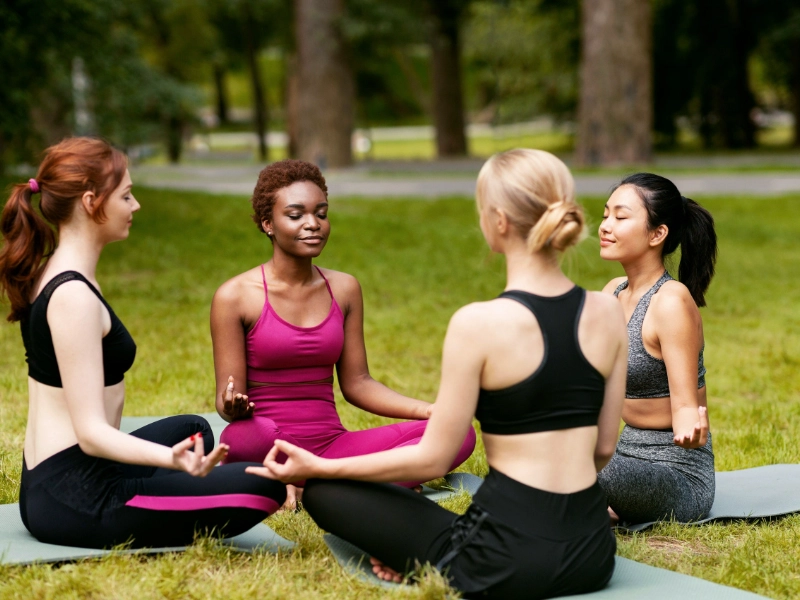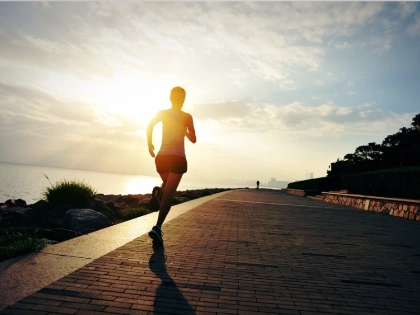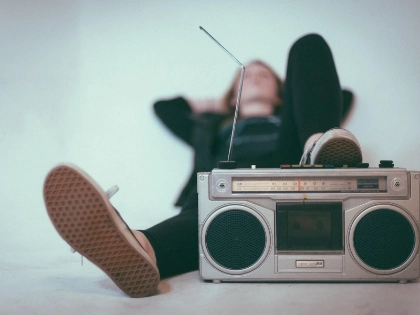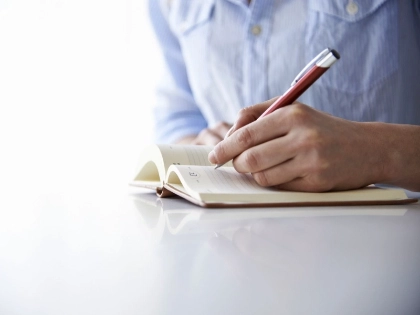10 Best Mental Health Exercises That Can Help You Reduce Anxiety
The body and mind can benefit greatly from exercise. Writing, stretching, and meditation are examples of non-strenuous physical activities. You can engage with more than 20,000 certified therapists at BetterHelp on anxiety management and relaxation strategies.

1. Breathing Exercises
Among the best methods for overcoming anxiety are breathing exercises. They are lightweight and portable, and they can help reduce anxiety and symptoms of panic attacks including hyperventilation. This method of breathing is called diaphragmatic breathing; sit comfortably, place one hand on your rib cage, and breathe slowly and deeply. Inhale for four counts and expel for seven; gradually increase the breathing intervals over time.
2. Progressive Muscle Relaxation
Progressive muscle relaxation is a very useful method that can help reduce tension and release the grip that anxiety has on you. Tension or tightness in the body is a common way that anxiety presents itself. Throughout the technique, you will systematically contract and relax muscle groups throughout your body, starting from your toes and working your way up to your head and neck. Practice this type of meditation in a clutter-free, distraction-free environment for optimal benefits. These activities shouldn't be used in place of therapy; if your anxiety doesn't go away, visit a therapist.
3. Counting
A useful diversion from anxious-inducing negative thoughts is counting. You can use tally marks, count aloud, or just count to five. Count in reverse starting at 5. Unitizing is the technique of pushing yourself to focus on one item at a time, which activates the prefrontal brain and helps disrupt patterns of tension, worry, and procrastination. Another option is to count in groups of two; aim to select numbers that are easy to understand.
4. Leaves on a Stream
Tai chi and other low-impact workouts are simple, risk-free ways to boost mood, promote sound sleep habits, and reduce symptoms of stress and anxiety. Imagine leaves floating on the surface of a stream while you sit next to it. Put your thoughts and emotions on one of these leaves and let them drift by with each one that comes to mind. Initially, your focus could stray; just bring it back to putting ideas onto leaves to carry on with this practice.
5. Visualization
Similar to daydreaming but with a more intentional approach, visualization is the process of using your imagination to conjure or recall images and scenes from memory. Visualization can help lower anxiety by diverting your attention from unpleasant feelings to something uplifting, such as imagining a secure and tranquil safe haven or a positive outcome for a situation that is emotionally fraught.
6. Meditation
Reducing anxiety can be achieved through the engaging mental health practice of meditation. All you need to do is find a quiet space within yourself to visit anytime anxiety starts to creep in. This is a place you can come anytime you feel like it. Your ability to control anxiety can be significantly improved by using these relaxing techniques. However, additional assistance can occasionally be needed. BetterHelp offers online access to professional therapists who can offer therapy services.
7. Progressive Muscle Relaxation (PMR)
Progressive muscle relaxation, or PMR, is an organized approach to relaxation that has been shown to reduce pain, anxiety, tension, and sleep disturbances. If you follow its straightforward instructions, PMR can be readily conducted anywhere! By taking deep breaths and tensing and releasing your muscles in a sequential manner from your feet to your head, PMR triggers the "relaxation response," which lowers heart rate and promotes mental calmness.
8. Mindfulness
Being mindful is being aware of the here and now and accepting feelings without passing judgment. Imagine these as clouds passing overhead or leaves gently floating away on a breeze if fear starts to creep in. As mindfulness calls for maintaining your attention on a single thing or person at a time, it can be challenging to practice. Take a walk and focus on using all five senses to help you stay focused.
9. Five-Count Breath
This easy breathing technique is a great way to naturally calm yourself down. Simply focus on each inhalation and exhalation as you process through your breathing and count each one aloud. As you inhale and exhale, picture yourself riding an imaginary roller coaster track. See the track ascending and descending. Observe how your mood has changed after ten minutes of repetition; daily practice of this technique may help reduce anxiety.
10. Relaxation Techniques
Whether used as self-help tools or with the assistance of medical professionals, relaxation techniques are therapeutic activities intended to reduce patients' physical and psychological stress and anxiety. One well-liked method of lowering stress is visualization. By gradually tensing and relaxing each muscle, progressive muscle relaxation can help reduce tension even more. When used in conjunction with deep breathing exercises, it can help even more.







